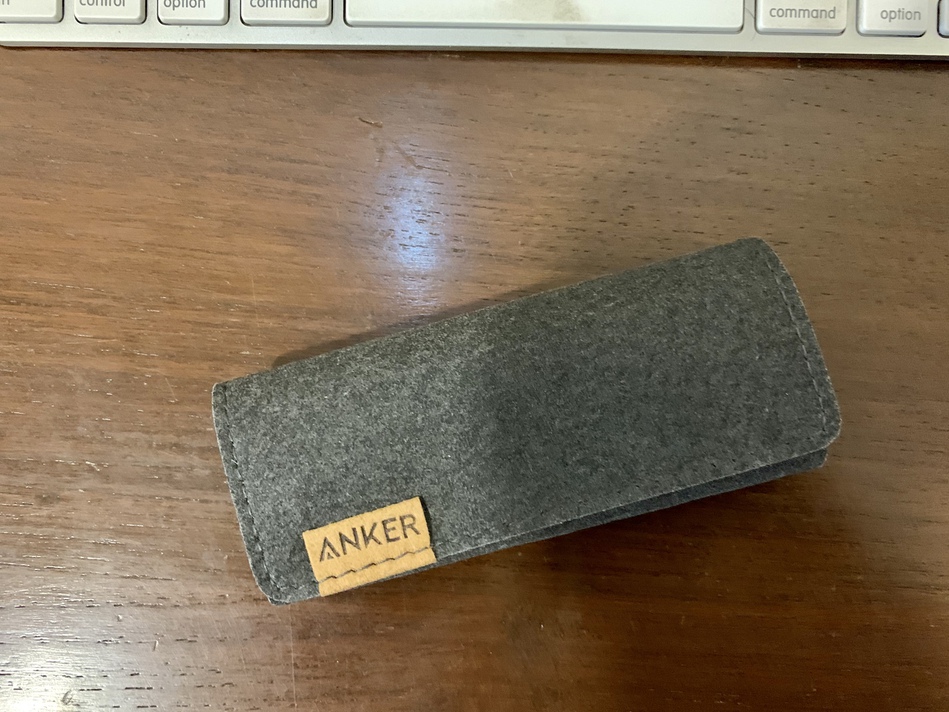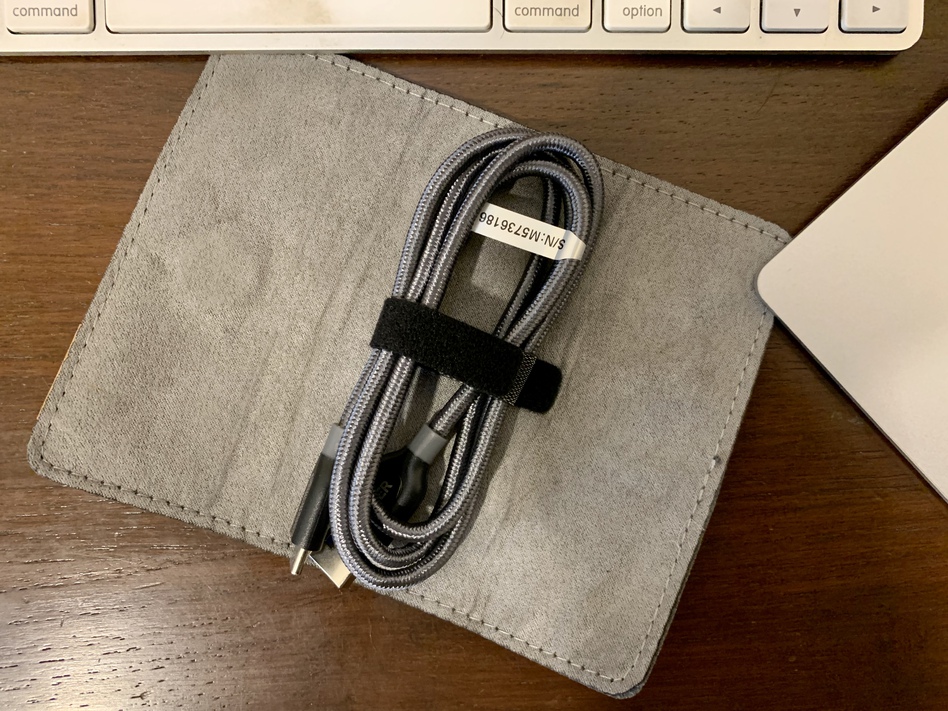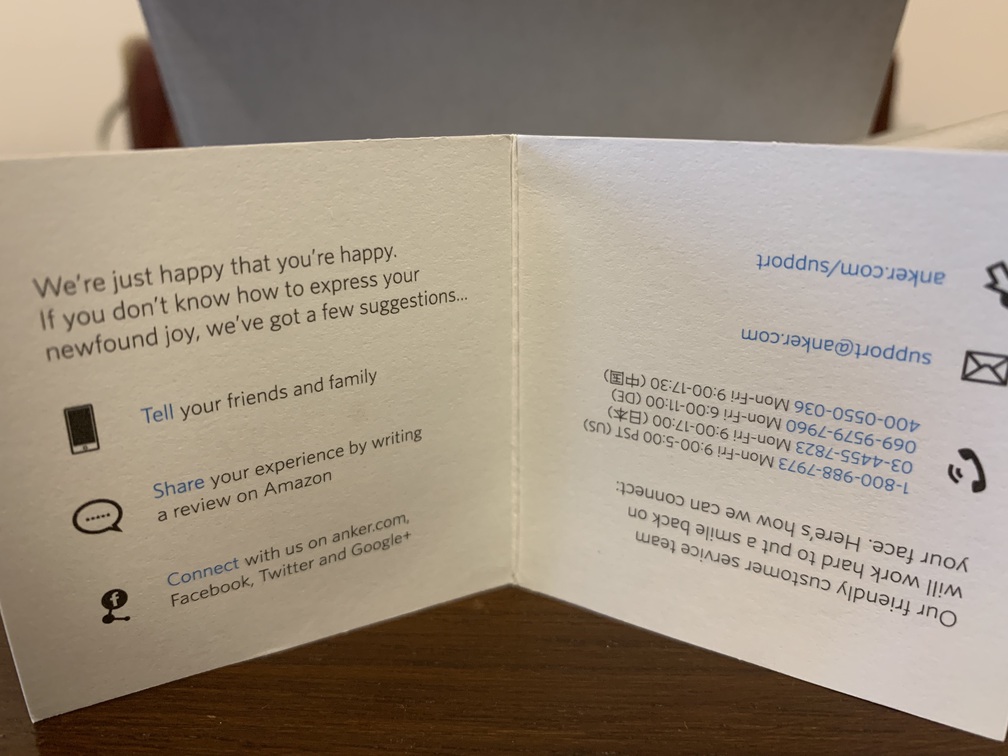Two Indian startups were recently funded by UNICEF’s cryptofund. I had never heard of the cryptofund before, so I looked it up.
In October 2019 UNICEF, the UN agency for “humanitarian and developmental aid to children worldwide”, launched a fund that would both receive and hold contributions in cryptocurrency – ethereum and bitcoin – and use it to fund “open source technology benefiting children and young people around the world”. It’s not clear how large the initial fund is, but its parent – the “Innovation Fund” is USD 25million.
I’m somewhat confused why the fund lends money in cryptocurrency, given that its mandate isn’t limited to companies in the distributed ledger space, and even if it was, the investee companies will probably need fiat for practical everyday use. The two Indian startups that have received cryptocurrency are probably going to find it hard to convert it into fiat given that Indian banks are extremely averse to dealing with cryptocurrency because of the government’s will-they-won’t-they stand on the subject. It’s unclear how the fund is addressing this.
Then there’s the fact that cryptocurrencies are volatile, making the fund itself also so. This article which makes the case against this use of cryptocurrency in the development sector, describes the volatility of bitcoin in 2019 when the fund was announced:
On March 31, a single Bitcoin was worth $4,000.
On June 10, Bitcoin was at approximately $8,000 per coin
By July 8, it had jumped to almost $12,500 per coin
By October 11 it was back to about $8,500 per coin.
It’s not clear if the fund converts the bitcoin and ethereum it receives into stablecoins. If it does, it really should be something it makes clear.
Finally, there is the issue of receiving donations. This quote from the head of the parent UNICEF Innovation Fund is puzzling:
“The sheer volume of the funding that we move means that any gains in efficiency, any increases in transparency, could have quite a significant impact on how we operate as an organization,”
I fail to see how cryptocurrency donations contribute to an increase in transparency. Or, as we have seen above, in efficiency.
Overall it seems to be an attempt by a fund/department whose mandate is innovation to be seen as involved with innovations in technology and finance. As the UNICEF head said announcing the fund,
“If digital economies and currencies have the potential to shape the lives of coming generations, it is important that we explore the opportunities they offer.”
If there’s something pretty major I’m missing, please do let me know. I want to be proven wrong on this one.





